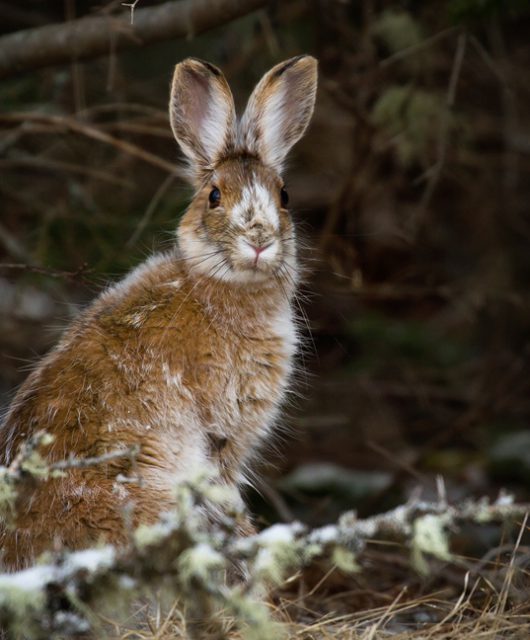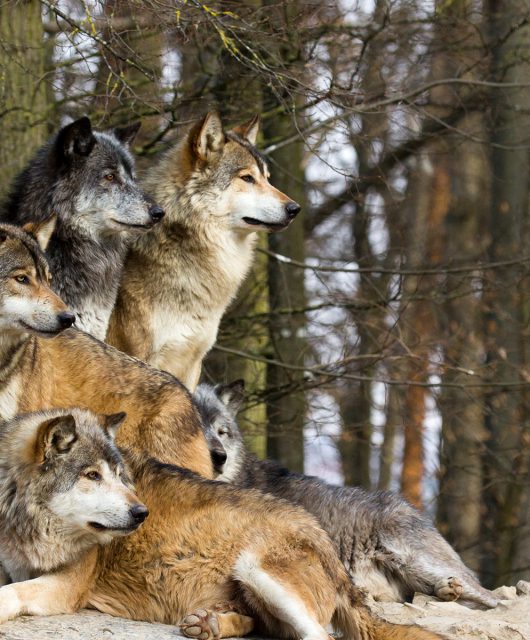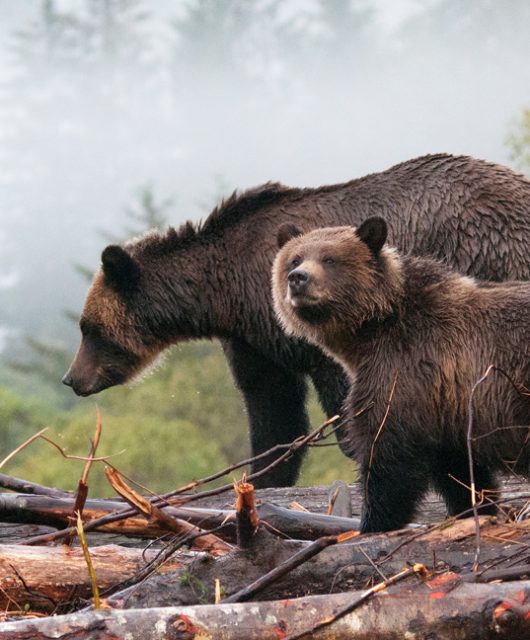Biological diversity in the ocean is the variety of life that exists in the ocean. This includes all plants and animals and the ecosystems in which they live and interact with. All organisms, both plants and animal, play an important role in their environment. Let’s dig a little deeper into the ocean’s diversity.
Diversity among marine species
Just as there is a wide range of organisms on land, this variety also exists in the ocean. These species range from various mammals, reptiles, birds, fish, arthropods, invertebrates and micro-organisms.
Fish are mostly likely the first thing you think about when you think about what lives in the ocean. Throughout the ocean, fish range from all shapes, sizes and colours and all combinations are imaginable. For example, fish from the mackerel family, such as tuna, are predators and are found in the open ocean, where they are able to obtain quick swimming speeds to catch prey. Their bodies are highly adapted for quick speeds with a streamlined body and retractable fins. On the contrary, whale sharks are the largest known fish species in the world (up to 12 metres in length!) and have very large, filter feeding mouths and feed on plankton. A 6 metre juvenile whale shark will eat approximately 21 kilograms of plankton each day!
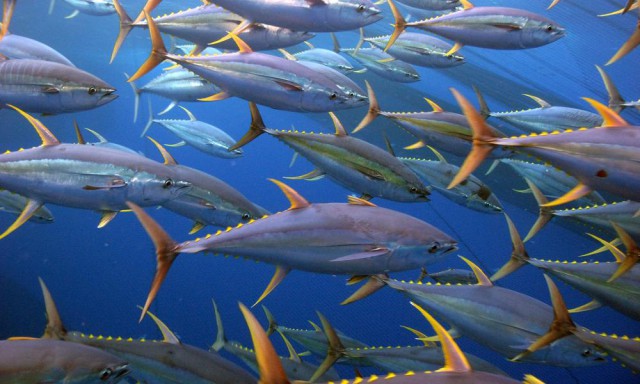
Marine mammals are also highly recognized and include whales, porpoises, seals, dolphins, polar bears, walruses, manatees and dugongs. All these species rely on the ocean and its aquatic environment in varying degrees. Among marine mammals, there are varying levels in which these species rely on the ocean. For example, obligate ocean dwellers, such as whales and manatees are fully aquatic and are not dependant on land for any aspect of their lifecycle. Some marine mammals are semi-aquatic and although they spend the majority of their time in the water, they must return to land for mating and molting and include species such as walruses, sea lions and seals. Sea otters and polar bears are less adapted to ocean living but obtain the majority of their food source from the ocean. Although all mammals are very diverse they all have special adaptations that allow them to thrive in marine environments.
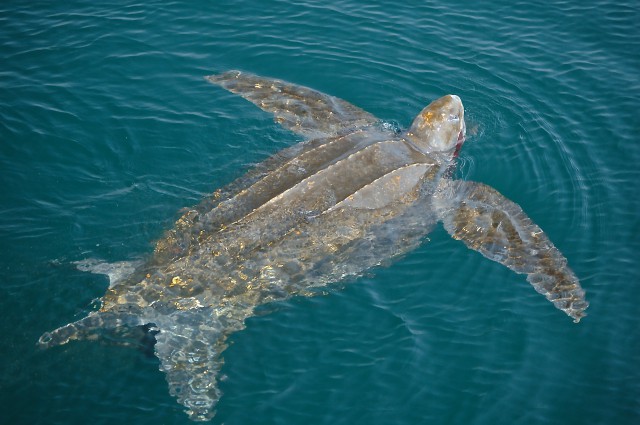
There are also a variety of reptiles that have adapted to live in marine environments such as iguanas, sea snakes, sea turtles and crocodiles. For example, leatherback sea turtles are the largest sea turtle species and have developed adaptations that allow them to excel in marine environments such as front flippers, streamlined shape and physiological differences. Many bird species are also marine dwellers and rely on the ocean environments to feed. The diversity in sea birds is evident when comparing penguins and albatrosses. Penguins are flightless birds that are highly adapted to cold environments and long migrations for food and whereas albatrosses are skilled and efficient flyers.
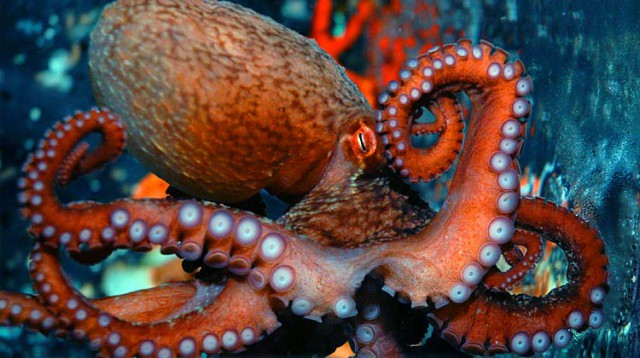
One of the most overlooked groups of marine organisms are the invertebrates which consist of a large group of species including jellyfish, corals, barnacles, urchins, sea stars, worms, crabs, shellfish, octopus, sponges and plankton. Some of these species, such as sea sponges, barnacles and corals are sessile organisms, meaning that they don’t move actively. Plankton are a diverse group of organisms that live within the water column and are a critical food source for many filter feeding fish and whales.
Diversity among ecosystems
Similarly to the diversity among land ecosystems, there is variety in ocean habitats as well. Due to its vast depth, there are many locations in the ocean in which humans have yet to explore. For example, the deep sea is located at 1800 metres or more below the ocean’s surface and little to no light is able to penetrate this habitat. Most organisms that live in this ecosystem rely on falling organic matter for food and despite the idea that life in this ecosystem is limited, all deep sea expeditions have proven that life is very abundant down in the deep sea. The open ocean environment is very unproductive due to lack of nutrients. Despite this fact, many of the ocean’s largest and fastest animals inhabit this ecosystem, in addition to migrating species.
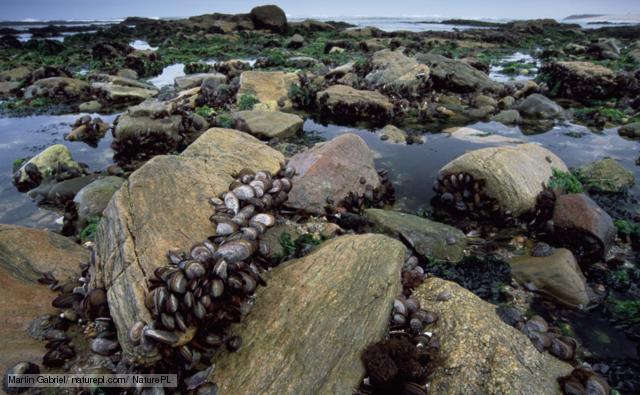
Coastal ecosystems are important environments that are constantly changing. One of the most dynamic coastal ecosystems are intertidal zones that support many different forms of life including plants, grasses, barnacles, sea stars and many other species. Intertidal zones are located near shore and are constantly being exposed by tides. Coral reef ecosystems provide food and shelter to some of the top level marine species in the world and are very diverse. Reefs, which are composed of corals and other calcium-depositing animals, are most commonly associated with tropical waters, although they can also exist in cool waters. Mangroves and salt marshes all play important roles in tropical and temperate water as mangroves are found on three quarters of all tropical coastlines. Estuaries are characterized by a river or stream flowing into a partly enclosed coastal body of water, making them one of the most productive habitat in the world. Approximately 60% of the world’s populations live along estuaries which make them prone to degradation as a result of sedimentation, eutrophication and pollutants. These ecosystems are important as they provide nurseries and habitats for many species such as salmon and sea trout.
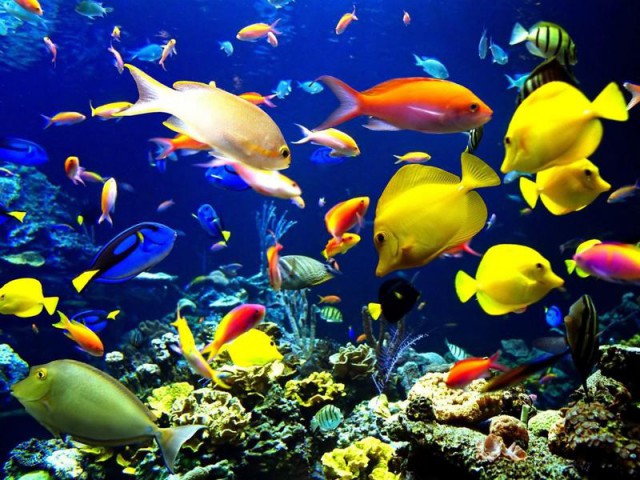
The ocean holds ample biodiversity throughout both ecosystems and species. Marine waters cover more than two thirds of the surface of the Earth and are very important for the overall health of both the marine and terrestrial ecosystems. To learn more about our oceans and leatherback turtles, follow our racers in the Great Canadian Turtle Race at www.turtlerace.ca!

